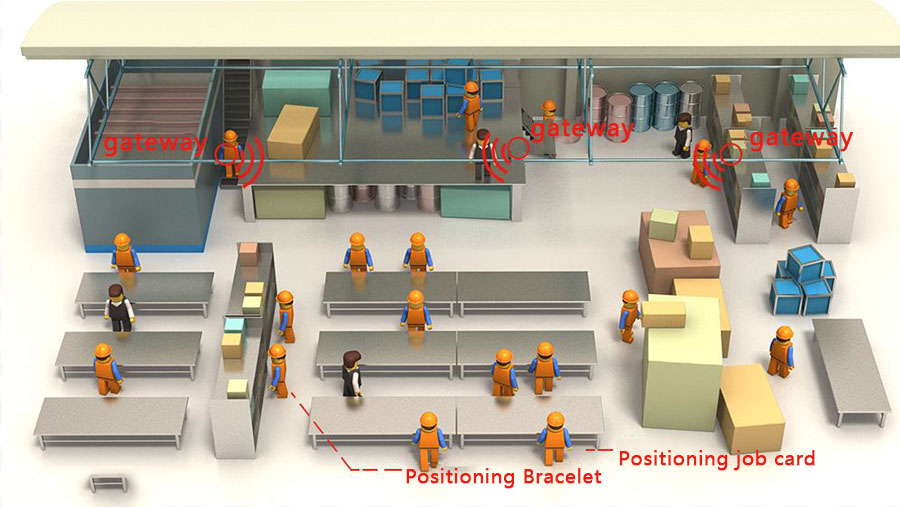Indoor positioning is a positioning technology corresponding to outdoor positioning. GPS, Beidou and other methods are generally used outdoors. These methods can only locate which building in the indoor environment, and even the building positioning has a little deviation. Obviously, more accurate positioning methods have to be used indoors. Indoor positioning technology has brought many practical functions to various industries, such as real-time positioning Position tracking, moving track query, one click emergency help, electronic fence early warning, video linkage, data statistics and other functions are more and more widely used.
So, how do we choose the appropriate indoor positioning scheme in the face of different application scenarios?
When we choose the indoor positioning scheme, we should consider many factors, such as positioning accuracy, coverage, reliability, implementation cost, power consumption and scalability. According to different scenarios, environments and requirements, the adopted positioning technology schemes are also different.

Accuracy: different applications have different requirements for accuracy. For example, in campus students and elderly people in nursing homes, it is required to know which room they are in. The accuracy of 5-10m can meet the requirements. Bluetooth indoor positioning scheme can be used; For electric power, prison and professional sports training, the location requirements are particularly high, basically at the centimeter level, UWB positioning scheme can be adopted.
Coverage: coverage mainly refers to the range within which a technology and solution can provide coverage that meets the accuracy. The transmission distance of each Internet of things will be different. Of course, the coverage can be solved by adding base stations.
Power consumption: the power consumption generated by location location is a very important indicator. For example, the fast consumption of mobile phone battery is a main factor for many users not to turn on the location function. The power consumption can be optimized by combining the positioning technology with the service time set by the software to achieve the best effect.
Cost and complexity: cost and complexity indicators cover two aspects. One is the cost of locating the terminal, whether the existing hardware of the terminal can be used without adding new hardware. The other is the cost and complexity of layout and maintenance, including the facilities required for layout and maintenance positioning and the database related to acquisition.
Response time: response time of location update, for example, mobile users and navigation applications need fast location update; The position control of the elderly and children may only be updated once in a few minutes or more.
Reliability: common positioning schemes include Bluetooth, UWB, WiFi, RFID, ZigBee and infrared. Appropriate positioning schemes shall be selected according to the convenience and requirements of use environment and scene layout.
Scalability: scalability refers to the ability of a solution to be extended to a larger coverage and easily transplanted to different environments and applications.
Imyfit is a high-tech enterprise specializing in providing indoor and outdoor location service solutions in the field of Internet of things. Based on leading positioning algorithms and software and hardware development capabilities, imyfit provides indoor and outdoor location and health management solutions for hospitals, psychiatric hospitals, campuses, nursing homes, factories and other scenes.
If you have any questions, please contact us by the following ways